Welcome to Jin Wei Xin, a leading manufacturer of silicone baby, kitchen, and beauty products since 2007. Discover our FDA-approved, high-quality silicone products tailored to your needs. OEM and ODM services available for global partners.
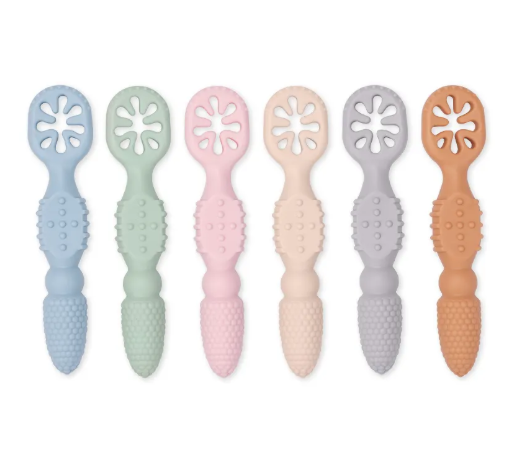
Material Safety and Certification Standards for Silicone Spoons FDA, SGS, and LFGB: Understanding Key Certifications When it comes to choosing safe silicone spoons for babies, understanding the key certifications like FDA, SGS, and LFGB is crucial. ...
VIEW MORE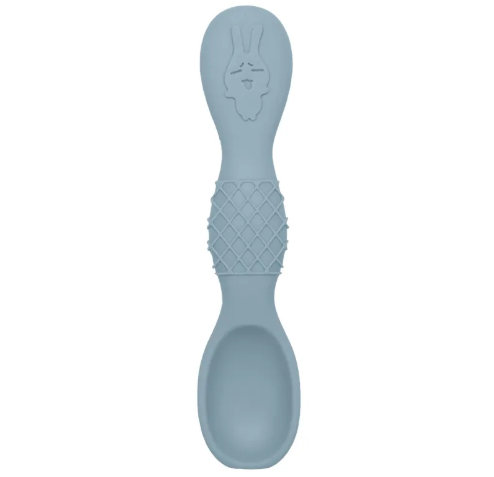
Non-Scratch Surface and Cookware Protection Gentle on Non-Stick Coatings Silicone spoons stand out as an excellent choice for safeguarding non-stick cookware. Their soft and flexible nature minimizes the risk of damaging delicate surfaces like Teflo...
VIEW MORE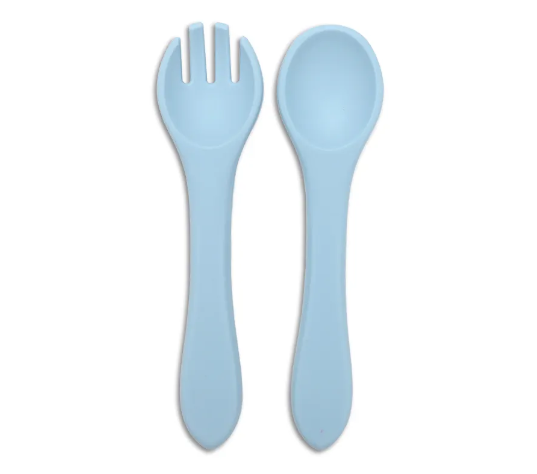
Understanding Heat Resistance in Silicone Spoons What Makes Silicone Heat-Resistant? Silicone's heat resistance is rooted in its unique chemical composition. Made of silicon, oxygen, carbon, and hydrogen, silicone forms a flexible yet durable struct...
VIEW MORE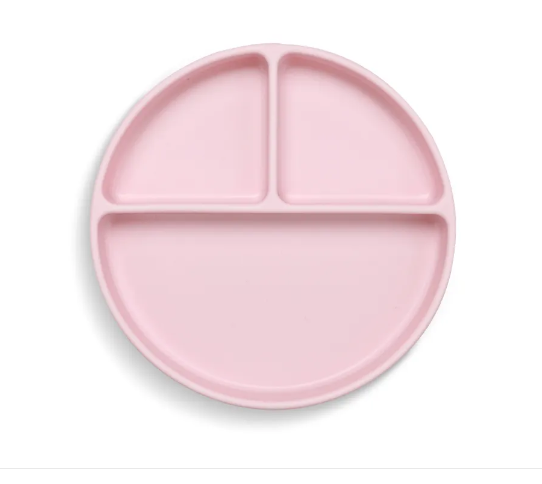
Material Composition: Silicone vs Plastic Bowls Understanding Silicone: From Sand to Polymer Silicone, contrary to popular belief, is not merely a form of plastic. Instead, it is a synthetic polymer derived from silicon, a natural element found in s...
VIEW MORE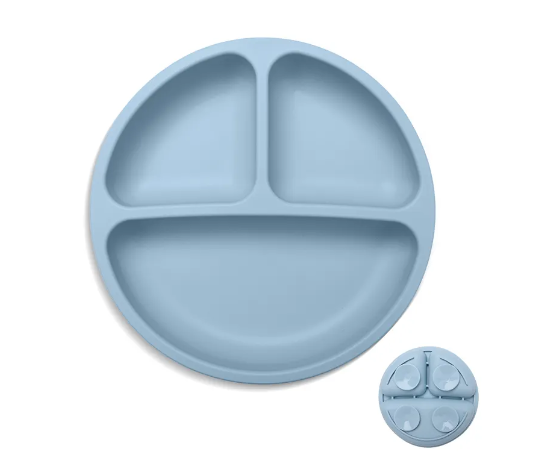
Understanding Microwave Safety of Silicone Bowls Heat Resistance Properties Silicone bowls are known for their remarkable heat resistance properties, making them ideal for microwave usage. They can endure temperatures ranging from -40°F to 400&d...
VIEW MORE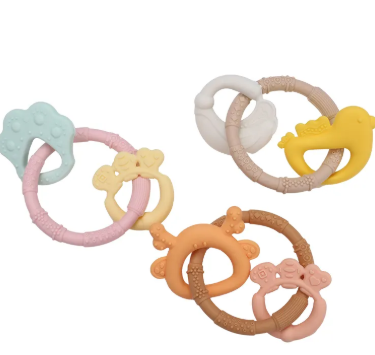
Safety and Material Benefits of Silicone Teether Toys Non-Toxic, BPA-Free Composition Silicone teether toys, crafted from food-grade materials, stand as a beacon of safety for teething babies. Unlike some plastic alternatives, these teethers are fre...
VIEW MORE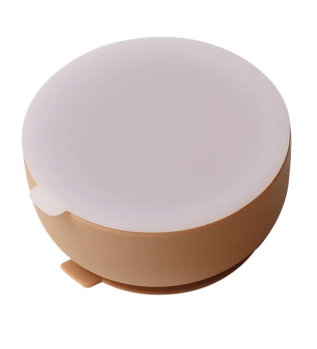
Material Safety: Silicone vs. Plastic for Baby Products BPA and Chemical Risks in Plastic BPA (Bisphenol A) and other chemicals found in plastics are raising concerns about baby product safety. Research highlights that BPA can interfere with hormona...
VIEW MORE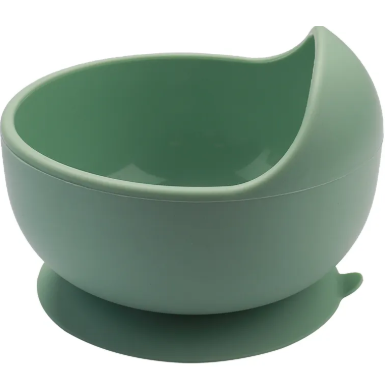
Key Factors Affecting Silicone Bowl Durability Material Quality and Food-Grade Standards Material quality significantly influences the durability of silicone bowls, particularly in their ability to prevent leaching of harmful chemicals. High-grade s...
VIEW MORE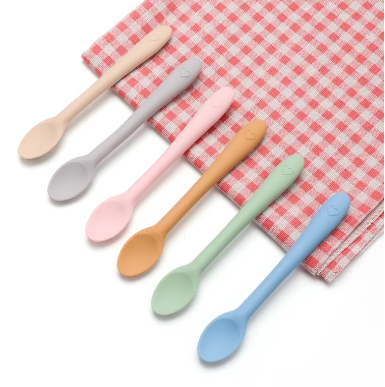
Essential Cleaning Techniques for Silicone Utensils Daily Cleaning: Handwashing vs. Dishwasher Safety When it comes to cleaning silicone utensils, handwashing tends to preserve their integrity better than using a dishwasher. Although dishwashers pro...
VIEW MORE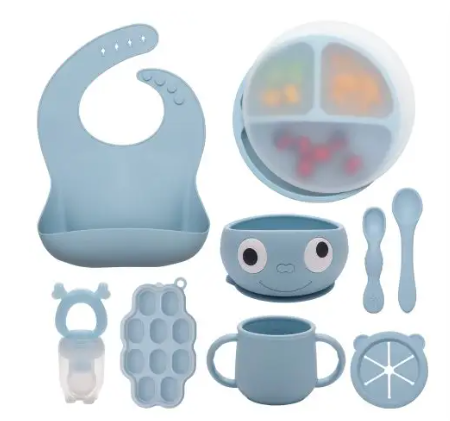
Superior Heat Resistance for Versatile Cooking Withstands Extreme Temperatures (Up to 482°F/250°C) Silicone utensils are designed to endure high cooking temperatures, making them versatile tools in the kitchen. Unlike plastic, which risks me...
VIEW MORE
Safety First: Non-Toxic Benefits of SiliconeHypoallergenic Properties for Sensitive SkinSilicone is known for its hypoallergenic qualities, making it an ideal material for infants and those with allergies. Its non-reactive nature ensures minimal risk...
VIEW MORE
The Rise of Eco-Friendly Silicone Ice Molds Why Plastic Ice Trays Are Falling Out of Favor Plastic ice trays are losing favor due to the significant environmental issues associated with single-use plastics. Studies indicate that plastic waste is ...
VIEW MORE